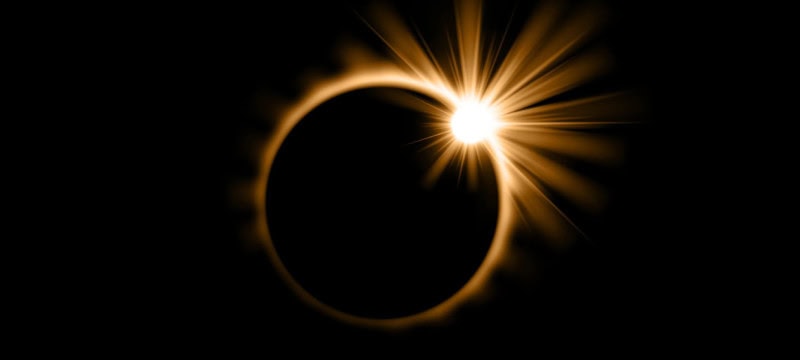The second and final solar eclipse of 2024 is set to occur on the night of October 2-3, but it will not be visible in Pakistan, according to the Pakistan Meteorological Department (PMD). The eclipse will begin at 8:45 PM local time and will primarily be observable in regions of North and South America, as well as Antarctica.
This upcoming solar eclipse is classified as an annular solar eclipse, commonly known as a “ring of fire” eclipse. It will be mainly visible over parts of southern Chile and Argentina. This event follows the solar eclipse in April 2024, which saw eleven contiguous states in the US within the path of totality.
Read More: NASA Unveils Spectacular Solar Eclipses for Coming Years
An annular solar eclipse occurs when the moon passes directly over the sun’s disk while being farther from Earth, resulting in most of the sun being obscured and leaving a bright ring visible around the edges. According to Space.com, the path of annularity will cover specific southern regions of Chile and Argentina, where approximately 175,000 residents will be able to view the event. In comparison, the previous April eclipse had a larger population of 32 million in the US within its path of totality.
In Chile and Argentina, the duration of annularity will last only three to six minutes. On Rapa Nui (Easter Island), the eclipse will be observable around 2:03 PM local time. Notable viewing locations include Perito Moreno National Park, Puerto Deseado, Puerto San Julián in Argentina, and Cochrane in Chile.
Accompanying the annular eclipse will be a partial solar eclipse, visible approximately 85 minutes before and after the “ring of fire.” This partial eclipse can be seen across parts of South America, Antarctica, North America, and the Atlantic and Pacific Oceans, including Hawaii. Key locations for viewing the partial eclipse include Buenos Aires, São Paulo, and Asunción.
To safely observe the annular solar eclipse, it is essential to wear proper eye protection, as the sun is never completely covered. Regular sunglasses do not provide adequate protection; thus, safe solar viewers and filters are necessary. Alternatively, observers can create a pinhole projector to safely view the eclipse by projecting the sun’s image onto a nearby surface.









